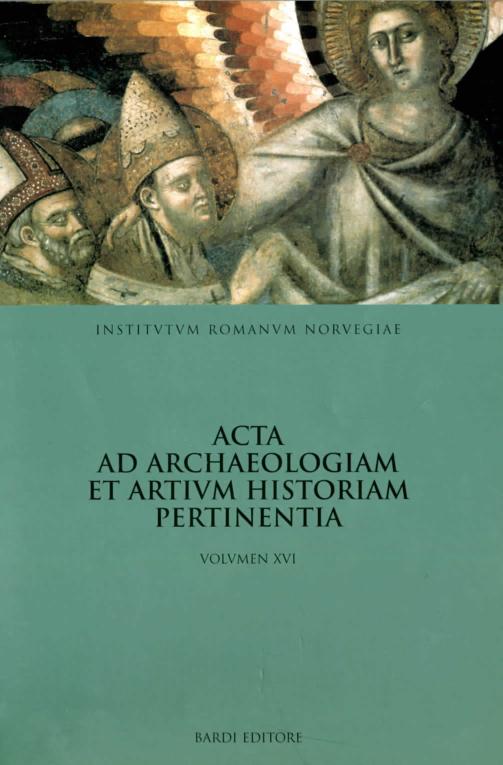A Geometrical Speculation. The Twelfth Century Roof and some Peculiar Aspects of the Ground Plan of Værnes Church, Norway
DOI:
https://doi.org/10.5617/acta.5684Abstract
The following is an exercise in what may seem an old-fashioned art, popular among architects in the nineteenth and early twentieth centuries, but later somewhat discredited – the search for geometrical patterns underlying medieval church design. However, the interest in mathematically based tools for design of historic buildings has in recent years been revived, proof of which is a steadily increasing flow of publications reporting scientifically rigorous studies. My contribution concerns the church at Værnes, near Trondhei, Norway, and the impressive open truss timber roof of the nave. Not being content with previous suggestions on how the roof design might have been determined, I compared it to similar structures in the region and found several cases of the same ratio of width to height. I also noted that this ratio corresponded almost exactly to a simple geometrical diagram, which further led me to make some assumptions on how Værnes church was originally planned.
How to Cite
Issue
Section
License

This work is licensed under a Creative Commons Attribution-NonCommercial 4.0 International License.
Authors who publish with this journal agree to the following terms:
- Authors retain copyright and grant the journal right of first publication with the work simultaneously licensed under a Creative Commons Attribution License that allows others to share the work with an acknowledgment of the work's authorship and initial publication in this journal.
- Authors are able to enter into separate, additional contractual arrangements for the non-exclusive distribution of the journal's published version of the work (e.g., post it to an institutional repository or publish it in a book), with an acknowledgement of its initial publication in this journal.
- Authors are permitted and encouraged to post their work online (e.g., in institutional repositories or on their website) prior to and during the submission process, as it can lead to productive exchanges, as well as earlier and greater citation of published work (See The Effect of Open Access).





